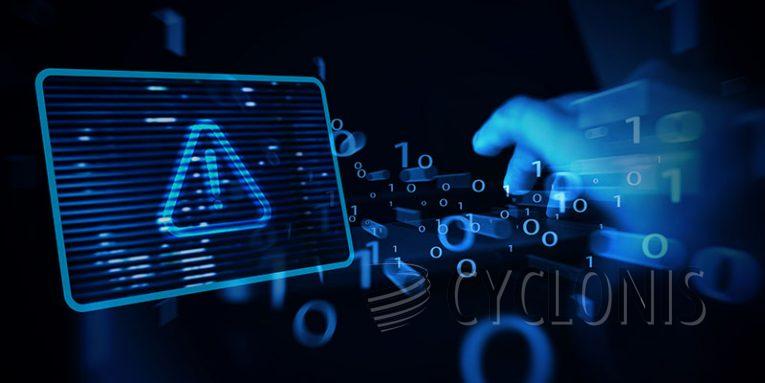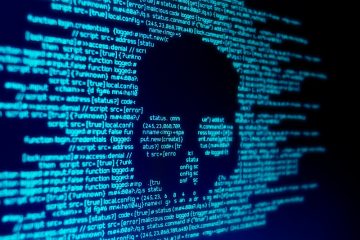DLRAT Malware Proves to be a Dual-Threat To Vulnerable Systems

DLRAT, a potent malware crafted using the DLang programming language, serves a dual role as both a Remote Access Trojan (RAT) and a downloader. This malicious software is notably associated with the cybercrime group Lazarus, showcasing its deployment in sophisticated and targeted attacks.
Table of Contents
DLRAT Malware Activation Dangers
Upon activation, DLRAT initiates a sequence of commands designed for comprehensive system reconnaissance. This includes gathering information such as the operating system version, user details, and MAC address for precise system identification within the network. The malware's responsiveness to specific codes from the Command and Control (C2) server allows it to execute diverse actions on the compromised system.
DLRAT's array of commands encompasses self-deletion, downloading files from remote locations, renaming files on the system, instructing the malware to enter a sleep state for a predefined duration, and uploading files to the C2 server. Its capacity for self-deletion, file manipulation, and evasion through sleep mode poses a substantial threat, enabling cybercriminals to cover their tracks, compromise system integrity, and avoid detection.
The "upload" command heightens the risk further, facilitating the exfiltration of sensitive data from the victim's system. This capability makes DLRAT a formidable tool for cybercriminals, potentially leading to significant data breaches and enduring damage.
In summary, DLRAT's multifaceted commands empower cybercriminals to compromise system security, manipulate files, and pilfer valuable data, underscoring the severity of the threat it poses to victims. This emphasizes the critical need for robust cybersecurity measures to prevent and mitigate such attacks.
The Spread of DLRAT and Unforeseen Vulnerabilities
The propagation of DLRAT has been observed to exploit the Log4Shell vulnerability, granting assailants initial entry into systems. Additionally, malware dissemination commonly occurs through various channels, including pirated software, drive-by downloads, malicious ads, P2P networks, compromised pages, and email attachments or links.
Eliminating and Avoiding DLRAT Malware
To avoid malware installation, users are advised to exercise caution with emails, especially those from unknown senders containing links or attachments. Refraining from clicking on suspicious links, pop-ups, or ads and downloading files exclusively from reputable sources such as official pages and app stores is crucial. Regular updates of operating systems, applications, and antivirus software are recommended to address vulnerabilities and enhance overall security.
Adopting trustworthy security software and conducting routine system scans contribute to added protection. If a computer is suspected to be compromised, running an anti-malware program can automatically detect and eliminate infiltrated malware. These precautions collectively form a robust defense against the infiltration and potential damage caused by malware like DLRAT.








